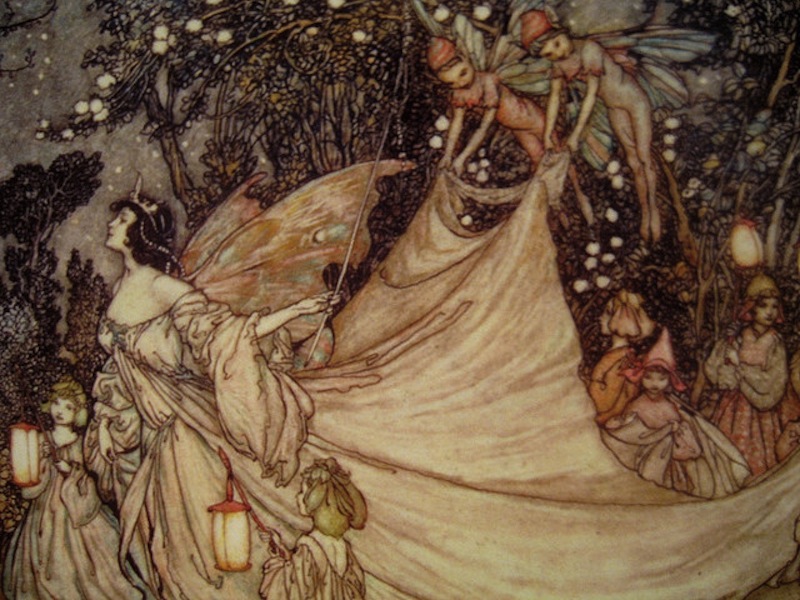Fairy Tales, for Life
Guest User
 It was a hot summer Saturday when I uncovered a book of fairy tales at a vintage shop. It sparked a conversation with the shopkeeper, who asked me to recommend fairy tale books for her two young daughters. They wanted stories about fairies, princesses, dragons, witches — stories about adventures and quests for true love and truth.
It was a hot summer Saturday when I uncovered a book of fairy tales at a vintage shop. It sparked a conversation with the shopkeeper, who asked me to recommend fairy tale books for her two young daughters. They wanted stories about fairies, princesses, dragons, witches — stories about adventures and quests for true love and truth.
Not until later, as I mused over my nephew playing in the darkening yard, did I realize how precious that conversation had been. It seems a rare thing, now, for children to want fairy tales. In a world full of iPads, structured play dates, and a relentless focus on academics and test scores, it seems that fairytales are being crowded out of everyday life.
And what a shame that is! Academia certainly has its place, but the lessons to be learned from fairy tales are not lessons often found in test tubes or classrooms. Fairy stories lend us a belief in the magical, in the un-provable. They teach us that bad things happen to good people but good will triumph; that things are not always as they seem; the value of love, and bravery, and kindness; that dragons, as G.K. Chesterton once beautifully put it, exist and that they can be killed.
In a skeptical world, fairy tales foster a sense of wonder, an appreciation for the unexplained and the magical. They’re morality tales, practical warnings, glimpses of the magical world that exists in the “black boxes”science and logic can’t explain. Princes and witches and dragons aren’t just frivolous stories; they teach us to love, and to hope, and to fight for truth, and to make your own way in an uncertain world.
I hope my nephew reads fairy tales. I hope he looks under bushes for gnomes and into streams for sprites and pixies. I hope he seeks redemption in desperate situations, that he dreams of magic and of eucatastrophe -- the sudden, inexplicable happy ending. I hope he fights dragons and quests for Fairy only to discover, as Tolkien phrased it, “that sudden glimpse of the truth…a glimpse that is actually a ray of light through the very chinks of the universe about us."
